Rumors surrounding natural hydrogen—dubbed white or yellow hydrogen—are causing a global stir as a potential game-changer in the hunt for low-carbon, cost-effective energy sources, according to Oil Price.
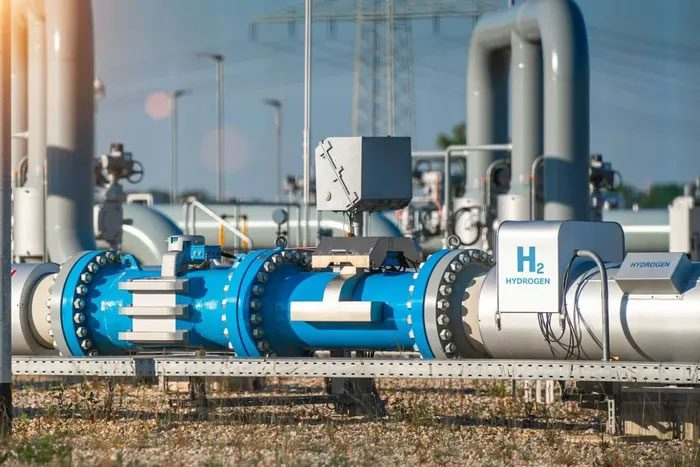
Illustrative image
Recent research by Rystad Energy indicates that by the end of last year, 40 companies were exploring natural hydrogen reserves, up from just 10 companies in 2020. Currently, exploration efforts are underway in Australia, the United States, Spain, France, Albania, Colombia, South Korea, and Canada.
One of the most promising aspects of white hydrogen is its cost advantage over other forms of hydrogen due to its natural occurrence. Gray hydrogen, produced from fossil fuels, averages under $2/kg, while green hydrogen, produced using renewable electricity, is currently three times more expensive. The cost of renewable hydrogen is expected to decrease as electrolyzer prices fall in the coming years; however, white hydrogen will still be cheaper.
Currently, the Canadian company Hydroma extracts white hydrogen at an estimated cost of $0.5/kg. Depending on the depth and purity of the reservoir, projects in Spain and Australia aim for costs around $1/kg, reinforcing the competitive pricing of white hydrogen.
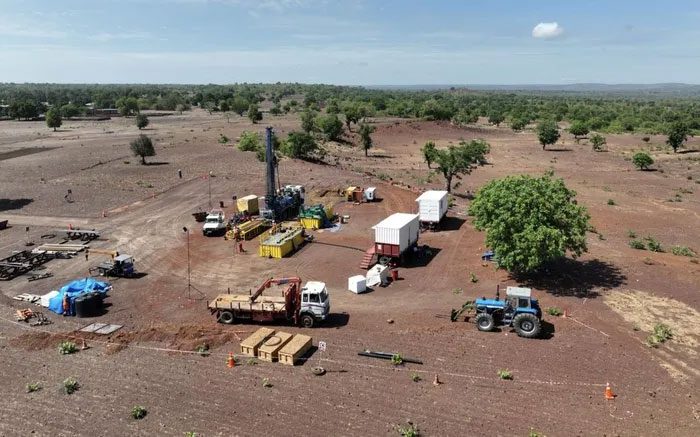
Hydroma’s hydrogen extraction activities in Mali. (Source: Hydroma).
In addition to its cost advantage, white hydrogen may also have low carbon intensity. With a hydrogen content of 85% and minimal methane pollution, the carbon intensity is approximately 0.4 kg of carbon dioxide equivalent (CO2e) per kg of hydrogen (H2)—including existing emissions and hydrogen emissions. At 75% hydrogen and 22% methane, the intensity rises to 1.5 kg CO2e/kg H2.
Potential
Although still in its infancy and facing many uncertainties, white hydrogen has the potential to be a game-changer for the clean hydrogen sector as a clean, affordable natural resource, thus transforming the role of hydrogen from an energy carrier to a part of primary energy supply. However, the actual scale of reserves remains unclear, and challenges regarding the transportation and distribution of hydrogen persist, according to Minh Khoi Le, head of hydrogen research at Rystad Energy.
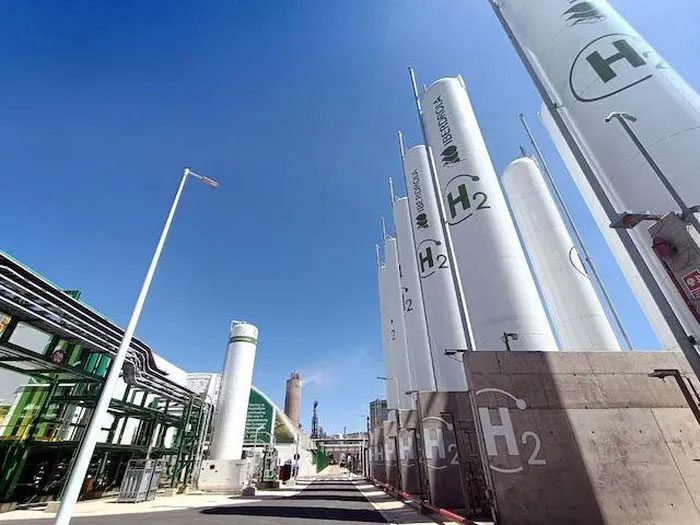
The green hydrogen plant built by the Spanish company Iberdrola in Puertollano. (Source: AP).
Through the U.S. Inflation Reduction Act, companies qualify for production tax credits (PTC) when the carbon intensity over the life cycle is below 4 kg CO2e/kg H2. The maximum from PTC is $3/kg if the hydrogen extraction process meets the carbon intensity threshold of 0.45 kg CO2e/kg H2.
Therefore, extracting low-carbon white hydrogen in the U.S. may qualify for the highest PTC, making it attractive for operators.
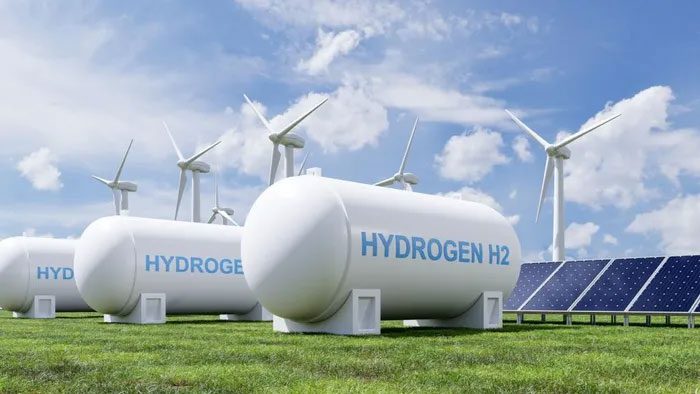
Illustrative image.
Despite the first accidental discovery occurring about 37 years ago in Mali, the accumulation of hydrogen underground was previously thought to be unlikely due to hydrogen’s ability to permeate rock layers. However, new equipment, such as hydrogen gas sensors, is now available to detect dissolved hydrogen in rock formations at depths of up to 1,500 meters.
These sensors use spectrometry to measure and analyze gases dissolved in deep drill holes. Researchers are currently developing probes that can reach even deeper, up to 3,000 meters underground.
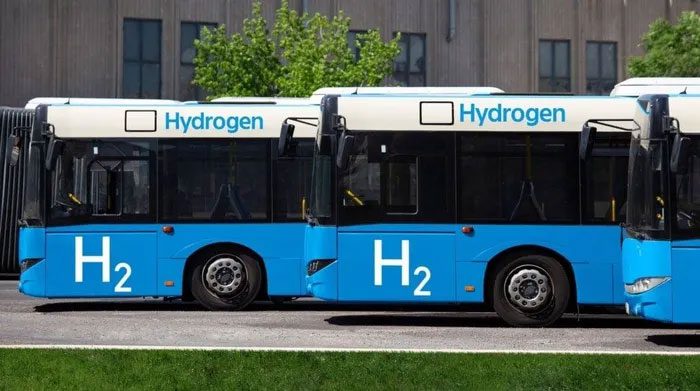
Hydrogen used as fuel for vehicles.
Future Demand
In a direct exchange with France24, Minh Khoi Le revealed that the demand for hydrogen to meet certain net-zero emission commitments will be between 250 million tons and 450 million tons—four times the current hydrogen usage. Thus, opportunities abound for various types of hydrogen.
Currently, there is limited proven data on natural hydrogen reserves; however, a few numbers have highlighted the significance of this energy source.

RWE’s electrolyzer plant in Lingen, Germany. (Source: RWE).
Formation of White Hydrogen
White hydrogen is primarily produced through natural reactions, such as the serpentinization process, where water reacts with iron-rich minerals at high temperatures. Enhancing the serpentinization process by using catalysts like magnetite may help accelerate the natural hydrogen production reactions.
Radiolysis of water is another source of natural hydrogen. This process involves radioactive elements in the Earth’s crust separating water due to ionizing radiation.
The South Australian government added hydrogen to its list of regulated substances in 2021. This led many companies to apply for exploration licenses in the area, with Gold Hydrogen receiving a 5-year license to develop its Ramsay project. The company found hydrogen concentrations as high as 86% during drilling at the end of 2023. Gold Hydrogen plans to conduct further drilling in 2024 and initiate a pilot feasibility study.

White hydrogen drilling activities by Natural Hydrogen Energy in the Midwest United States. (Source: CNN).
Governments in countries such as France and the U.S. have pledged financial support to expedite the exploration and extraction of natural hydrogen projects. Currently, there is only one operational white hydrogen project in Bourakebougou, Mali, producing about 5 tons of hydrogen annually. This small-scale project has been operational for a decade, providing electricity to a village. Other projects around the world are still in the early exploration stages, with the first natural hydrogen production in Europe expected to begin in 2029.


















































